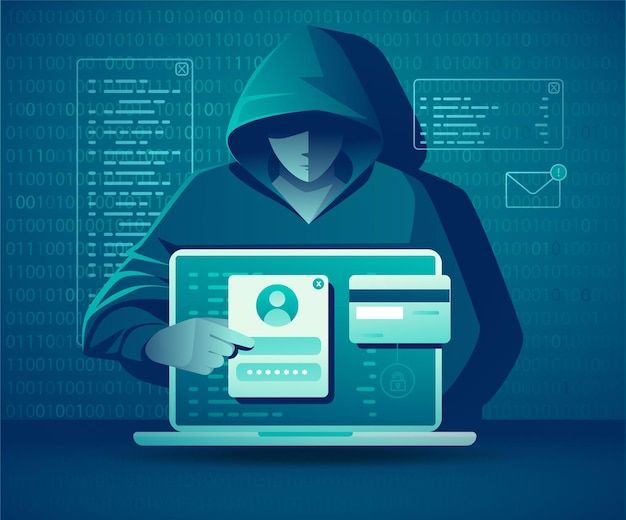The digital age, while bringing unprecedented convenience and connectivity, has also ushered in a new era of cyber threats. The landscape of cybersecurity is constantly shifting, with adversaries becoming increasingly sophisticated and relentless in their pursuit of sensitive data and systems. This article delves into the evolving nature of cyber threats, highlighting the challenges organizations and individuals face in safeguarding their digital assets.
The Rise of Sophisticated Cyberattacks
Cybercriminals have become highly organized and well-funded, employing advanced techniques to breach defenses. Ransomware attacks, once considered a nuisance, have evolved into billion-dollar industries, crippling businesses and governments alike. These attacks often involve data encryption, demanding hefty ransoms for decryption keys.
Beyond ransomware, other cyber threats continue to pose significant risks:
- Supply Chain Attacks: Targeting vulnerabilities in the supply chain to infiltrate target organizations.
- Business Email Compromise (BEC): Impersonating executives to defraud companies through fraudulent wire transfers.
- Insider Threats: Malicious actions by employees or contractors with authorized access.
- State-Sponsored Attacks: Nation-state actors targeting critical infrastructure, intellectual property, and government agencies.
- IoT and Industrial Control Systems (ICS) Attacks: Exploiting vulnerabilities in connected devices and industrial systems.
The Human Factor: A Critical Vulnerability
While technological advancements are essential for combating cyber threats, the human element remains a critical vulnerability. Social engineering tactics, such as phishing and pretexting, continue to be highly effective in deceiving users into divulging sensitive information or clicking malicious links.
Employee training and awareness programs are crucial in mitigating the risk of human error. Organizations must invest in cybersecurity education to empower employees to recognize and report suspicious activities.
The Impact of Emerging Technologies
The rapid evolution of technology introduces both opportunities and challenges for cybersecurity. Emerging technologies like cloud computing, artificial intelligence (AI), and the Internet of Things (IoT) offer new ways to enhance security but also create new attack surfaces.
- Cloud Security: Protecting data and applications in the cloud requires a robust security posture, including data encryption, access controls, and regular security assessments.
- AI and Machine Learning: These technologies can be used to detect and respond to threats more efficiently, but they can also be exploited by adversaries.
- IoT Security: Securing connected devices is essential to prevent them from becoming entry points for cyberattacks.
Building a Robust Cybersecurity Posture
To effectively address the evolving threat landscape, organizations must adopt a comprehensive and proactive approach to cybersecurity. Key components of a robust security posture include:
- Risk Assessment: Identifying and prioritizing potential threats to the organization.
- Network Security: Implementing firewalls, intrusion detection and prevention systems, and network segmentation.
- Endpoint Protection: Protecting devices like laptops, desktops, and mobile phones with antivirus software, endpoint detection and response (EDR), and data loss prevention (DLP).
- Identity and Access Management (IAM): Controlling access to systems and data through strong authentication and authorization mechanisms.
- Incident Response Planning: Developing a comprehensive plan for responding to and recovering from cyberattacks.
- Employee Training and Awareness: Educating employees about cybersecurity best practices to reduce the risk of human error.
The Future of Cybersecurity
The cybersecurity landscape will continue to evolve, driven by technological advancements, changing threat actor tactics, and the increasing complexity of IT environments. Organizations must stay ahead of the curve by investing in emerging technologies, fostering a culture of security, and building strong partnerships with cybersecurity experts.
As cyber threats become more sophisticated, collaboration between governments, industry, and academia is essential to develop effective countermeasures. By working together, we can mitigate risks, protect critical infrastructure, and build a more secure digital world.

